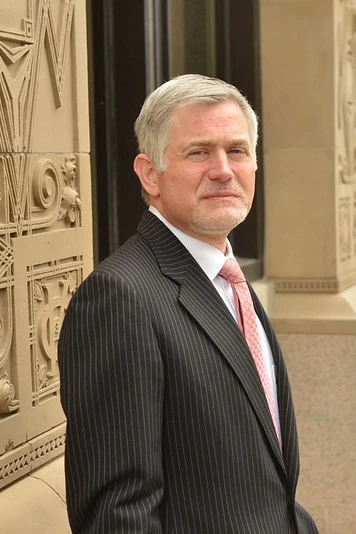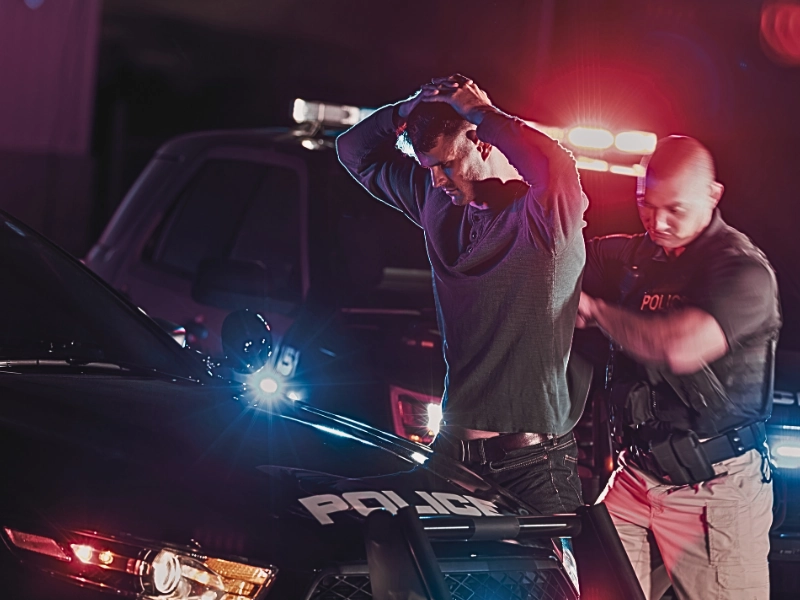For those who have an affinity for civics-class related trivia, today is known as Constitution Day. The U.S Constitution was signed on this date 226 years ago. For many, the concept of the Constitution provides far more than a trivia question for a civics class on September 17 each year. The document provides the framework for our entire society to guarantee our rights and freedoms.
We have discussed numerous applications where constitutional guarantees have been upheld in drunk driving cases. Most recently, the U.S. Supreme Court issued its ruling in the McNeely case affirming that the warrant requirement is valid in DWI cases—the Minnesota Supreme Court is revisiting its decision in the Brooks case, as we discussed last week.
One aspect of the warrant requirement is the level of suspicion that is necessary to support a warrant. Law enforcement must have probable cause of an offense. That means for law enforcement to be able to get a warrant in a routine DWI case under McNeely, police must have probable cause that a DWI offense has occurred.
Often police rely upon roadside observations, field sobriety tests and possibly driving conduct in an effort to reach the probable cause standard to make a DWI arrest. But, many cases also involve the use of technology through use of a preliminary breath test. But, Minnesota’s DWI laws also apply to a variety of controlled substances.
Many agencies train some officers as so-called drug recognition evaluators. These DREs look for clues to suspect that a person may be impaired by drugs. A story out of one of our neighboring states indicates that some law enforcement agencies are hoping to use new technology in alleged drugged driving cases.
Police in Marinette, Wisconsin, have been using a new unit to investigate alleged drugged driving offenses. An officer told the Janesville Gazette that the unit, called the Dräger DrugTest 5000, is “just like a PBT for drugs.” However, the unit does not use breath samples. Officers seek a saliva sample by swabbing the cheek of a person, and sending the swab though the roadside analyzer.
Authorities claim that the machine tests for eight categories of drugs. The results of the roadside tests are not admissible in court. A later evidentiary blood test must be used in court, according to the Gazette.
Source: The Janesville Gazette, “New technology could help fight drugged driving,” Nico Savidge, Sept. 13, 2013






